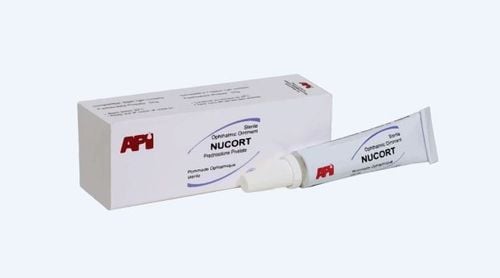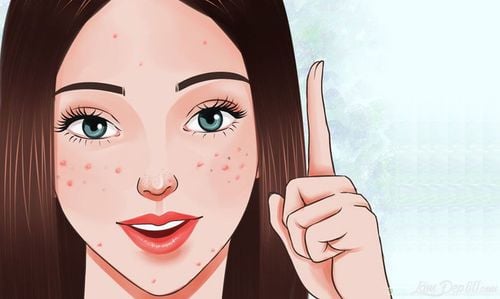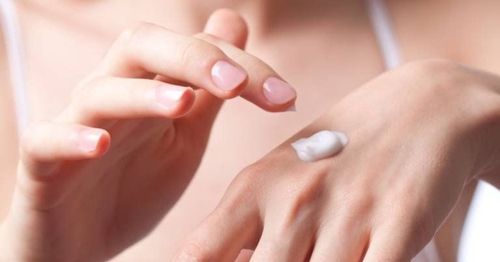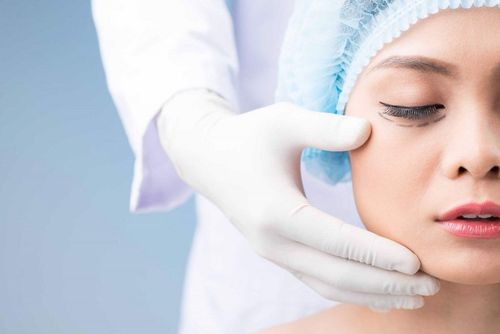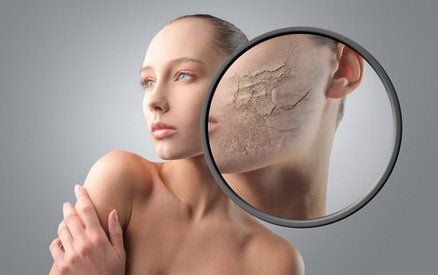This is an automatically translated article.
There are many visualizations of acne that show several lesions on the skin, each with a distinct presentation and symptomatology. Most minor lesions respond to home care. However, severe cases should consult a dermatologist.
1.Acne Acne commonly sees the appearance of blackheads, whiteheads, pustules or pimples and other types of breakouts on the skin. The most common places of appearance are the face, chest, shoulders, and back. Although mild acne can improve with conventional home remedies for acne, more serious skin conditions should be treated by a dermatologist.

Hình ảnh mụn trứng cá
2. Some visualizations of acne types Open acne is blackheads; black because of surface pigment, not dirt. Black color is the result of abnormal reflection from clogged hair follicles
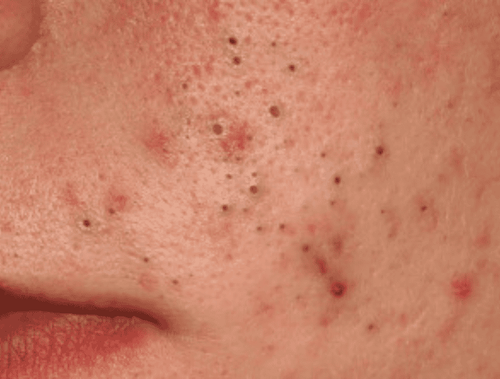
Mụn trứng cá mở
Closed acne is whiteheads; This happens when oil and dead skin cells stop forming a clogged hair follicle. Many blackhead treatments also work well for whiteheads.
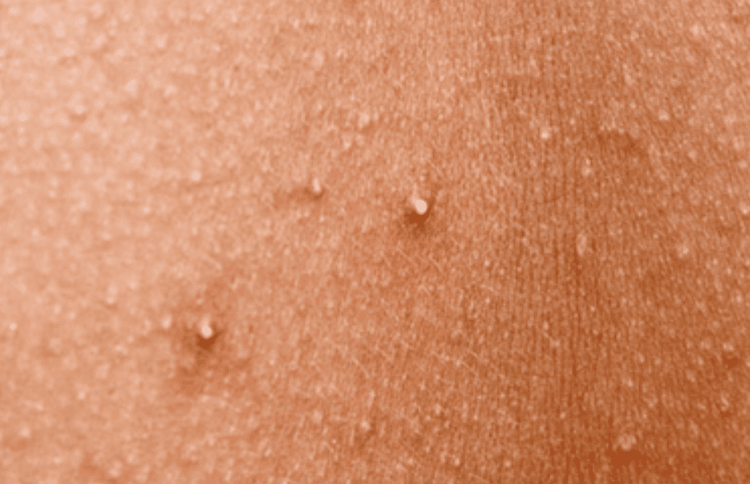
Mụn trứng cá kín
Mild acne: Acne falls into the "mild" category if you have fewer than 20 whiteheads or blackheads, fewer than 15 inflamed pimples, or fewer than 30 lesions. Mild acne is usually treated with topical medications.
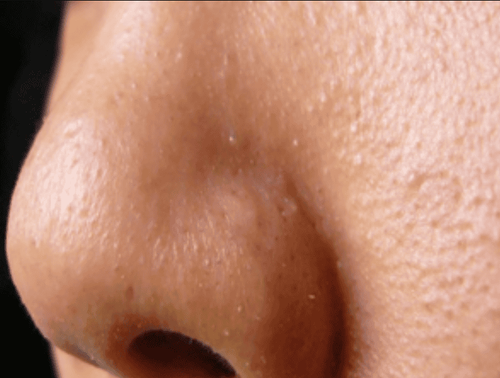
Mụn trứng cá nhẹ
Moderate acne: with 20 to 100 whiteheads or blackheads, 15 to 50 inflamed pimples, or 30 to 125 total lesions, your acne is considered moderate. Dermatologists often recommend prescription medications for moderate to severe acne.
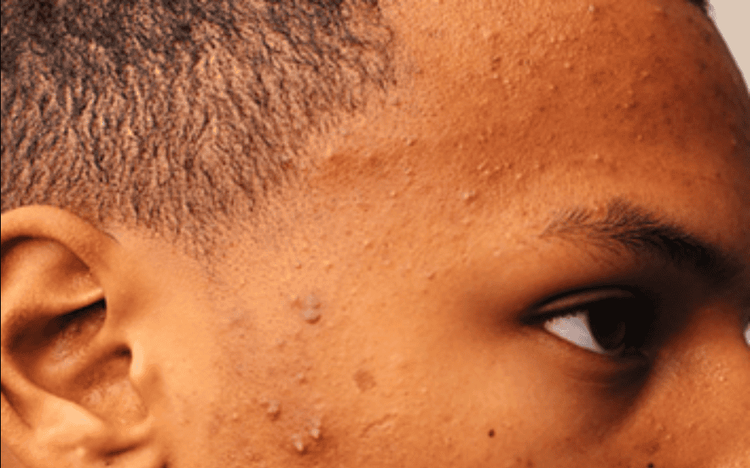
Mụn trứng cá vừa phải
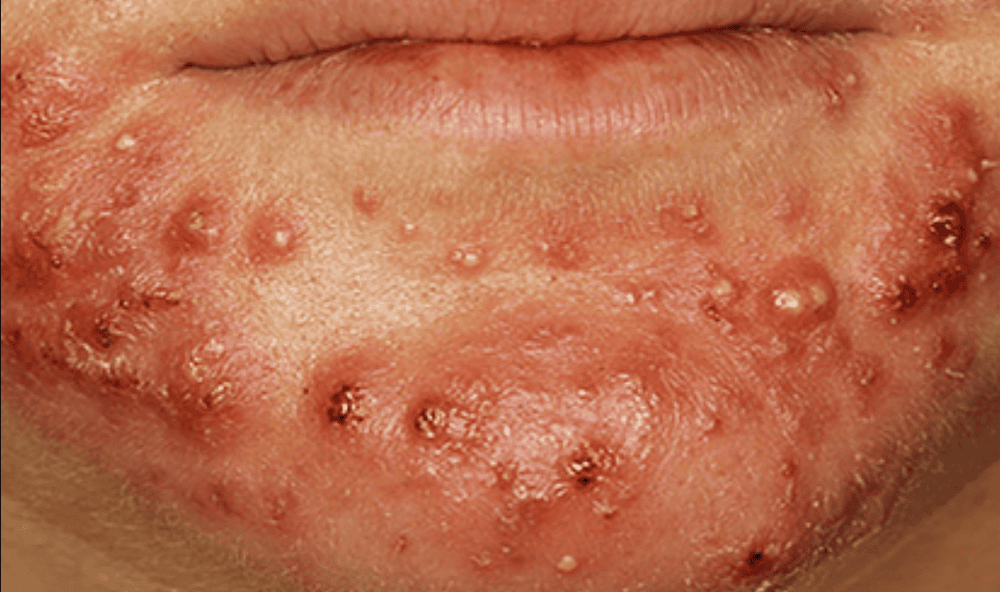
Mụn trứng cá nặng
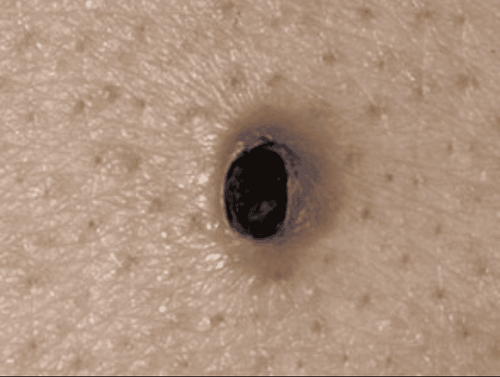
Mụn trứng cá khổng lồ
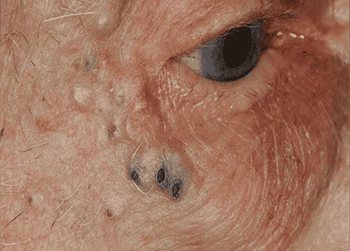
Mụn trứng cá mặt trời
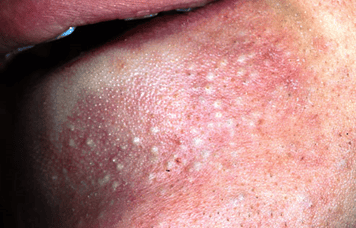
Mụn da cây (nốt sần)
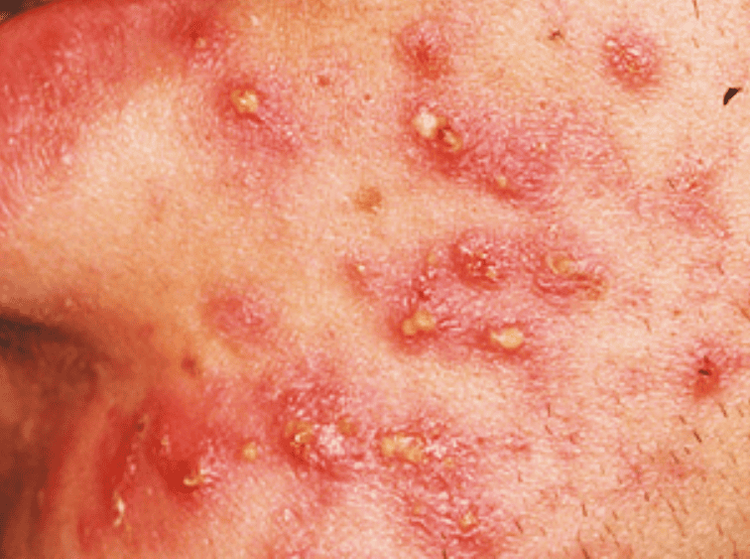
Mụn mủ
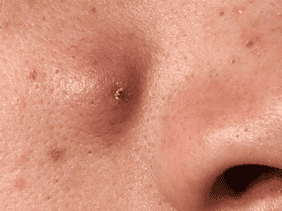
Hạch
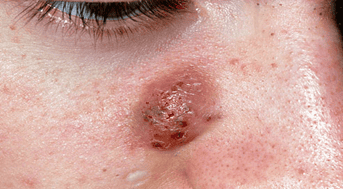
U nang
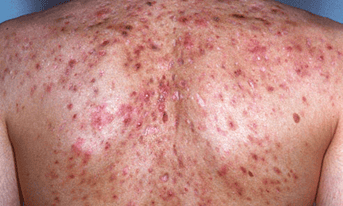
Mụn Conglobata
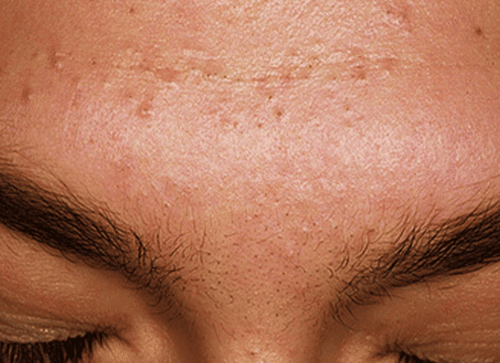
Mụn Mechanica
Please dial HOTLINE for more information or register for an appointment HERE. Download MyVinmec app to make appointments faster and to manage your bookings easily.
Reference source: Webmd.com; Medicalnewstoday.com




